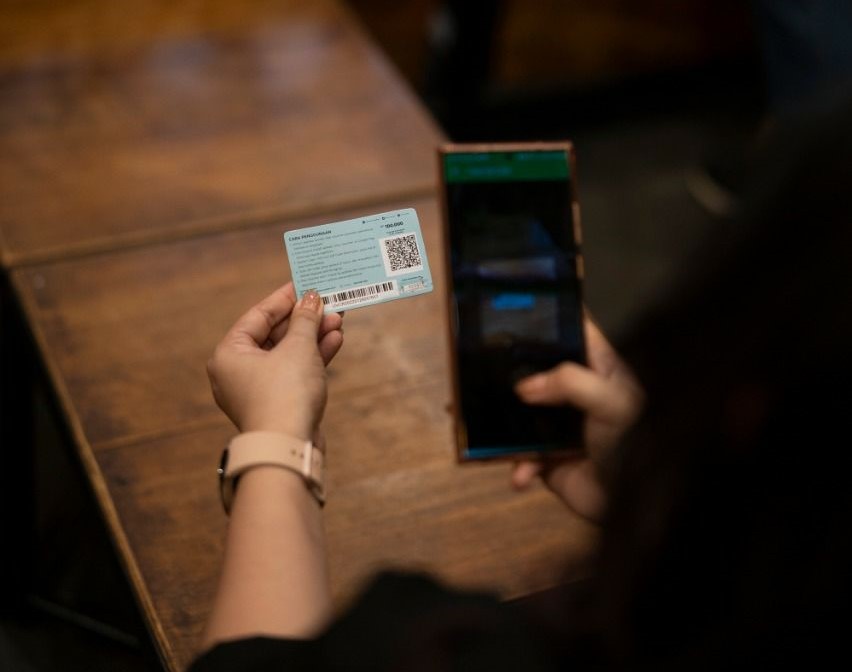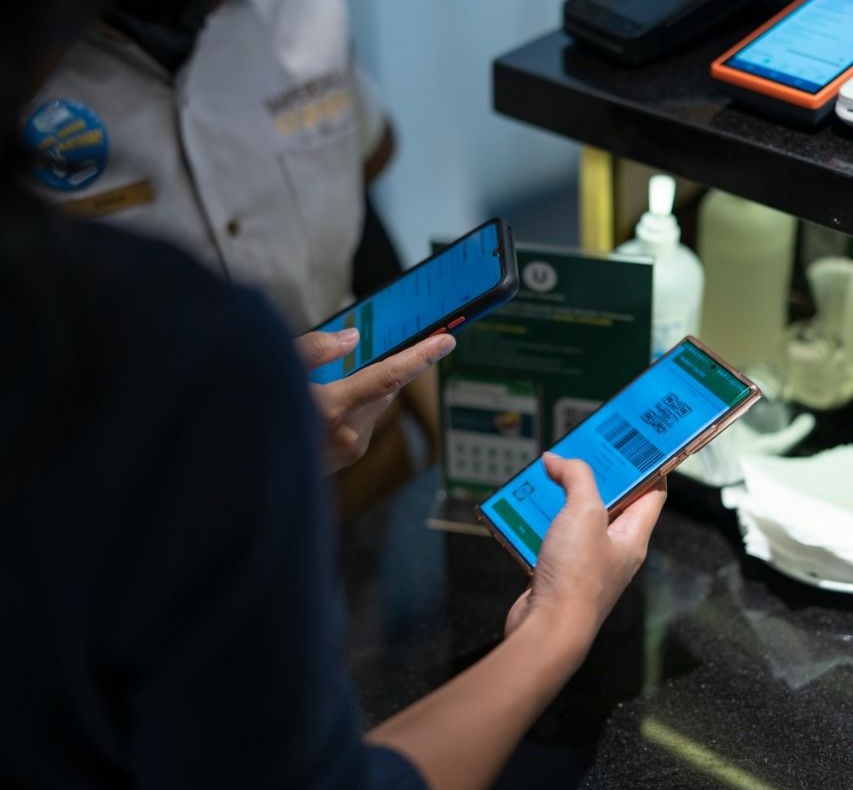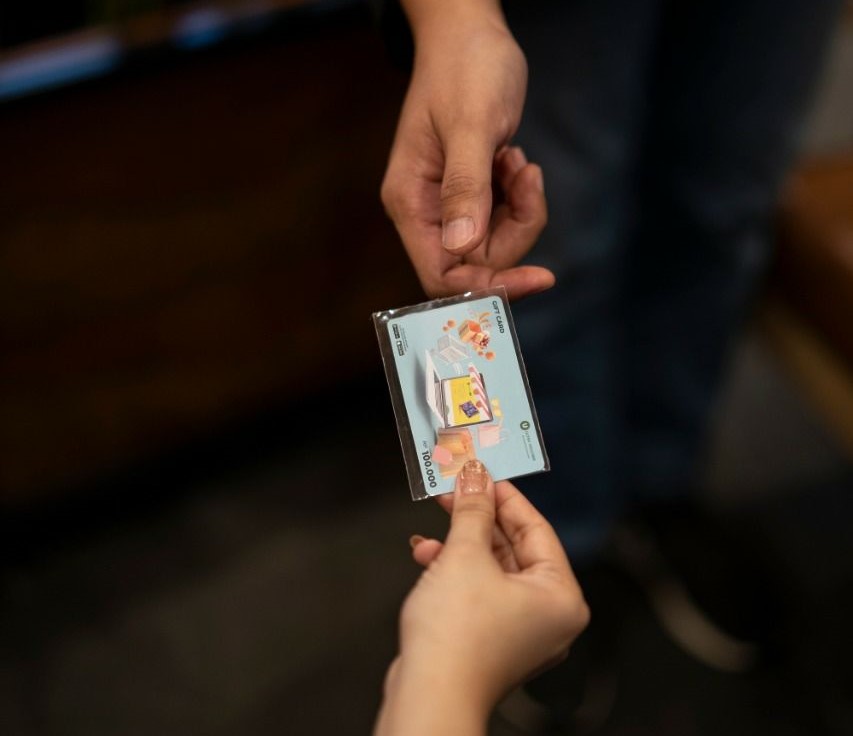Reflecting on the fate of Groupon, Seeing the Prospects of the E-Voucher Business in Indonesia
Examine the Ultra Voucher (UVCR) opportunity to seize the market
There is no consumer who does not like to get a discount or money back (cashback) when shopping, even though they are conceptually different. The first is a pre-purchase discount, the other, the consumer refunds after the purchase. But both have the same end, win the hearts of consumers with the cheapest price. Moreover, in the midst of intense competition, brands/companies are always racking their brains on how to keep their factories "bulky", such a strategy is still needed.
Conditions are not much different when entering the online world. Like it or not, in the minds of customers have started to expect discounts when they shop online. Year-round discounts, membership-based and registration-based discounts, discount codes, and coupon codes are prominent mechanisms for providing discounts to customers. So, in principle, e-voucher players are very much in tune with the paradigm where E-commerce operate.
Consumers are usually interested in shopping because of giving vouchers (standard form of ). KBBI version from the term voucher). Almost every online shopping site has the option to enter a voucher code at checkout. If the UI/UX of the shopping site is friendly to consumers, it will be available which valid vouchers do not match the nominal purchases. No need to manually write the voucher code. Impulse shopping is getting easier.
In Indonesia alone, players e-vouchers —cashback, rewards, and other similar forms—are very diverse. ShopBack and Fave are the biggest non-Indonesian names that have mass here. Apart from that, there is Ultra Voucher as a local company that has been listed on the Indonesian Stock Exchange. Even so, until now no one here has become a dominant player like Groupon during its heyday.
Then, a new question arises, what is this voucher business model like? Are the prospects so dubious that no one has yet become dominant?
According to the uploaded hypothesis Small Business, first reason is that some suspect that as the world of e-commerce matures — in the sense that it begins to focus on profits instead of focusing maniacally on Bottom line—there will be pressure to get rid of discounts. If this happens, vouchers could be the first victims.
Second reason, to empower the benefits that voucher players provide, businesses E-commerce must hand over two bags of money, for the customer and for the voucher player. This may be considered unattractive and the voucher site may be removed. Final, Social marketing, Ccontent marketing, affiliate marketing, and the like seem much more attractive to e-commerce players than coupons. This may soon eliminate vouchers as a marketing weapon in the eyes E-commerce.
“But we tend to believe that vouchers are too powerful a tool to disappear from the face E-commerce. Especially when a voucher business makes sense enough to be deeply integrated into its users' social networks and offers deals that actually work, we think customers will prefer to buy from sites where they can apply coupon codes. And that will drive business E-commerce to continue offering coupon codes to remain an attractive destination,” the report states.
Groupon business model
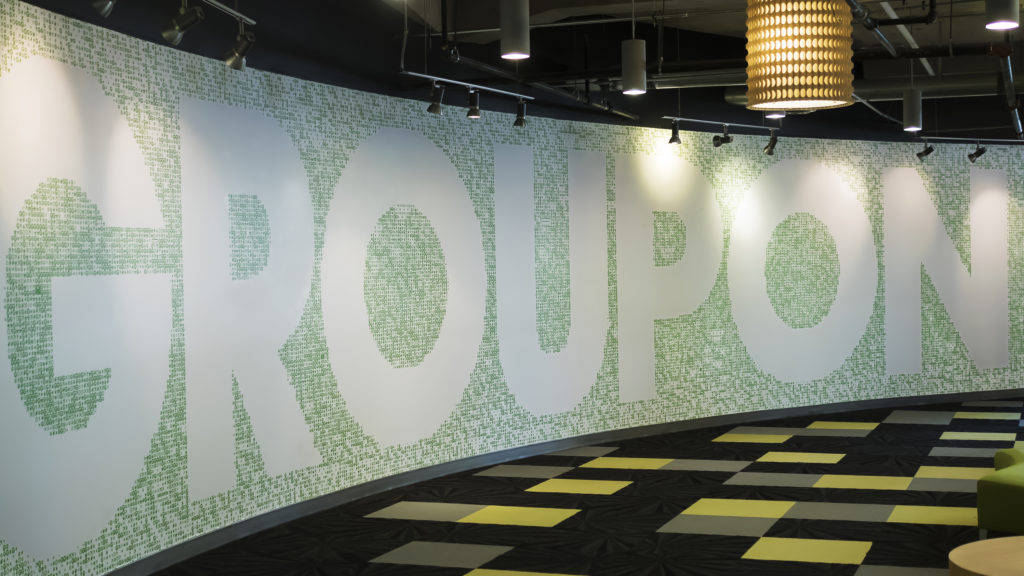
Before entering into the development of the voucher business in Indonesia, Groupon's progress needs to be looked at first as a global player and turning it into something that is most sought after by discount hunters. The company connects customers with local businesses, primarily by selling vouchers and discount coupons to brick-and-mortar businesses.
In this case, Groupon generates revenue by using one of the oldest business models: brokering. The company generates product and service revenue in three categories: Local, Merchandise, and Travel. In some cases, consumers can purchase goods and services at discounts of more than 50% by using Groupon vouchers.
The company conducted an IPO in 2011, but since then revenues have remained lackluster as a result of increased competition and a struggle to maintain popularity. Eventually, Groupon shifted its business model from a voucher-based approach to a card, where customers received cashback after using certain linked credit cards to complete purchases of products advertised on the Groupon platform.
Groupon sells a variety of products at deep discounts, including fashion and beauty items, vacation packages, spa services, and gift certificates to bars and restaurants. While consumers can easily purchase the same products directly from the businesses offering them, Groupon often offers prices well below retail prices.
Essentially, Groupon functions as a powerful advertising machine, generating sales and stronger brand recognition for businesses in exchange for a fee. Even though businesses receive less for goods and services than they would normally charge, Groupon serves as an advertiser with a very wide reach, and businesses also benefit from not having to pay for advertising up front. Instead, they pay out a portion of the revenue earned under an agreement with Groupon afterward.
Groupon is attractive to business owners because it promises a lot of traffic and guarantees some increase in revenue. Note, however, that this Groupon offer doesn't take effect until a certain number of people sign up, so participating businesses know how many customers are coming in.
With the advent of discount-linked credit cards in 2018, Groupon had registered nearly seven million credit cards in its last annual report. The new system aims to make the process smoother for customers; consumers may be more likely to take advantage of multiple card-related offers rather than a series of individual coupon vouchers.
Furthermore, card-linked offers allow customers to not pay up to the point of service and use the same offer multiple times, a feature that was not available with the old voucher model.
Through its Merchandise segment, Groupon also sells merchandise directly to customers, bypassing the voucher process altogether. As for the Travel segment, Groupon sells travel deals, including flights and hotel stays, to customers; some of this is done via vouchers, which customers must redeem later, and ordered directly through Groupon.
With a business model like this, many customers end up spending more than the value of the Groupon they purchased. For example, a customer who purchases a salon voucher might also treat herself to a pedicure, as she saves a lot on the initial service. If a business provides a high-quality product or service, customers who initially came because of a Groupon deal may become repeat customers.
Groupon was present in Indonesia. In its heyday around 2011-2012, Groupon Indonesia was the largest player in the segment daily deal. They are here thanks to their acquisition of Disdus. They left the Southeast Asia region because they were acquired Fave's competitor in June 2016.
Groupon Performance
In its financial reports, Groupon identifies two types of revenue: gross billings and revenue. The gross billing amount is the total revenue from the sale of goods and services, excluding taxes and refunds. Revenue represents the number of transactions in which Groupon acts as a marketplace minus the service or product provider portion. The company also receives direct revenue from sales of merchandise inventory through the site marketplace.
In 2018, Groupon reported gross billings of $5,2 billion and revenue of $2,6 billion. This revenue was down from $2,8 billion in the previous year. Meanwhile, the active customer base reached 48,2 million, down from 49,5 million in the previous year. Meanwhile, net income for 2018 was $2 million and operating cash flow was $191 million.
Groupon's business continues to decline at its peak until 2021. Quoting from Statista, over the last few years the number of Groupon buyers has decreased sharply. From nearly 54 million unique customers who purchased at least one offer on the site in the fourth quarter of 2014, this number shrank to 22,2 million buyers in the first quarter of 2022.
The decline in customer numbers has had a significant impact on Groupon's revenue. In 2021, Groupon's global revenue was about $967 million, far less than half of what it recorded at its peak in 2016. Due largely to the Covid-19 pandemic in 2020, it posted a net loss of about $286 million. But in the following year, the company collected more than $120 million in net income, a big increase after losses the previous year.
Meanwhile, the Groupon application was downloaded 5,8 million times worldwide. While the United States, its birthplace, tops the rankings for app downloads - with more than 4,3 million downloads recorded that year. The United Arab Emirates presented the highest growth in Groupon app downloads on the App Store and Google Play.
Investopedia said the long-term viability of Groupon's business model is a much debated topic. For some businesses, these large customers only pay a fraction of the actual nominal retail price. Additionally, some critics have highlighted the decline in the quality of Groupon's offerings in recent years as an indication of impending doom.
UVCR Business
Ultra Voucher (UVCR) Corporate Secretary Ayu Kusuma Trisyani still believes that the prospects for the voucher business in Indonesia are still bright and can grow sustainably. To DailySocial.id, he said that what happened at Groupon Indonesia could not represent the condition of the voucher business in Indonesia.
"Profitability and liquidity must remain the main goal for a company. It's not about how big marketsizeits, but about presenting revenue generator just by finishing problem which exist in market," said Ayu.
He continued, marketing programs aimed at conversion - sales and customer acquisition - will still be carried out by many companies. That is, space for rewards platform will always exist and be sustainable. This reason encouraged UVCR in 2016 to initiate a major business in the voucher sector.
"In the future, rewards model probably will use tools different, but still the same core the same model. To remain sustain of course UVCR adapts to interest & demand di market, both B2B and B2C," he said.
Based on financial reports throughout 2021, UVCR recorded net profit growth of up to 253% or IDR 5,57 billion from the previous IDR 1,57 billion, showing a positive growth trend from 2019 of IDR 291 million. UVCR's bottom line performance accelerated because it was supported by an increase in net sales of IDR 939,20 billion. This income increased 177,26% from 2020 which was recorded at IDR 338,74 billion.
“For the first quarter of 2022, we have achieved almost 50% goal us in 2022. Our quantitative target is revenue IDR 1,3 trillion with several initiatives that we are ready to launch in the third quarter."
Product distribution in channels E-commerce is considered to be one of UVCR's biggest revenue contributors last year, as well as playing a role in increasing UVCR's gross profit by 127% yoy. Although Ayu did not specify it, the majority of contributions came from sales in B2C channels.
UVCR is a company that sells various kinds of physical and digital vouchers from merchants who have collaborated with the company, in accordance with regulatory provisions in Indonesia. The vouchers produced are then distributed to all UVCR channels, both B2C and B2B. To date, the company has collaborated with more than 400 brands spread across 40.000 outlets throughout Indonesia.
“Voucers become core business model us, but generating revenue from technology is our newest business model to increase our net profit margin."
Further, UVCR has an application that can buy, save and distribute vouchers to relatives from hundreds of merchants who are present in the application. Starting from F&B, lifestyle, entertainment, investment, health and beauty. Apart from that, there is a biller feature for paying routine and recurring bills, such as paying BPJS, electricity, data packages, game items, and so on.
This initiation will continue by positioning UVCR as CATS (Catalogue-Service-as-SAAS). Ayu said, this solution is here for platforms that want to have a voucher ecosystem now just by becoming one businesses UVCR. The company has done it pilot project together with BCA and Bank Sinarmas. These two banks have a large customer base, so it is an easy prospect for UVCR to acquire new users.
Apart from that, the company also serves corporate consumers for purchases Gift card in large quantities. These vouchers can be integrated via the UVCR application in the form of additional balance which can be used as a means of payment to purchase any vouchers available in the application.
"Our latest edition of UV Gift Cards can also be used in all Alfamarts throughout Indonesia, and we continue to be able toenable This UV Gift Card can be used at merchants us direct redemption without an app.”
In last year's financial report, the cooperation scheme between the company and its partners was explained. One of them, Boga Group, is providing and/or issuing digital vouchers in the Ultra Voucher application, which can be used as a means of payment by consumers when making transactions at Boga Group outlets.
Based on the agreement made in May 2018, the total purchase of vouchers was worth IDR 1 billion within one year. Boga Group will provide cashback in the form of vouchers of 12,5% to UVCR, valid if the voucher purchase reaches a value of at least IDR 500 million or multiples thereof in one year. This agreement has been extended several times until March 2021.
Explained further, Boga Group will provide discounts if purchases are accumulated within the cooperation period, i) Tier 1: IDR 1 billion - IDR 2,99 billion get a 10% discount; ii) Tier 2: above IDR 3 billion get a 12,5% discount. The voucher validity period is one year effective from the date of voucher issuance.
Tokopedia, Shopee, JD.id, Bhinneka, are other online platforms that also utilize the solution e-vouchers which is also provided by UVCR. Each cooperation scheme depends on the agreement of each company.
Head of External Communications Tokopedia Ekhel Chandra Wijaya said, the company collaborates with many strategic parties to provide a more enjoyable and efficient online shopping experience. One way is through vouchers, it can be in the form of vouchers cashback, discount vouchers, shop vouchers, free shipping, and others.
"In practice, for example, we provide a special IDR 0 shopping voucher for new users through the New User Treat program. For people in various cities in Indonesia, we also provide instant free shipping vouchers in the Selected Store Collection (KTP) campaign which are personalized for each region and apply technology. geo-tagging as a derivative initiative hyperlocal,Ekhel said.
The presence of vouchers, he continued, has had a positive impact on shopping trends on Tokopedia during the first quarter of 2022 to Ramadan 2022. Without going into details with figures, it is claimed from internal data that shopping discount vouchers, event ticket vouchers and restaurant discount vouchers are included in the categories. e-vouchers the best-selling during that period.
"The benefits of the presence of vouchers are also felt directly by business activists. "[..] Seeing that people's enthusiasm for promotions, including shopping vouchers, is very high, in the future we will continue to innovate so that the presence of vouchers can continue to suit buyers' needs."
UVCR Prospects
If UVCR's business revenue target is reached IDR 1,3 trillion this year, of course its business prospects will be bright. At least, the company has succeeded in making a profit and is not trapped in a prolonged money-burning strategy. However, when referring to its financial reports, UVCR's ability to generate profits is relatively small.
Quoting from RTI data, last year the net profit margin or net profit margin (NPM) UVCR is only 0,60%. This figure is much better than the first quarter of 2021 which was 0,28%. However, this is still very far away if you look at the industry average of 65,08%. In other words, UVCR requires runway longer to continue improving its performance. Entering new CATS products and expanding business wings to ASEAN can be a help.
The reason is, a business like UVCR is not without risk. As a digital player, the company is also constantly confronted by issues of data security, fraud and hacking.
Apart from that, the business model is also relatively easy to imitate, so it is possible that there will be new competitors ready to take the cake in this vertical.
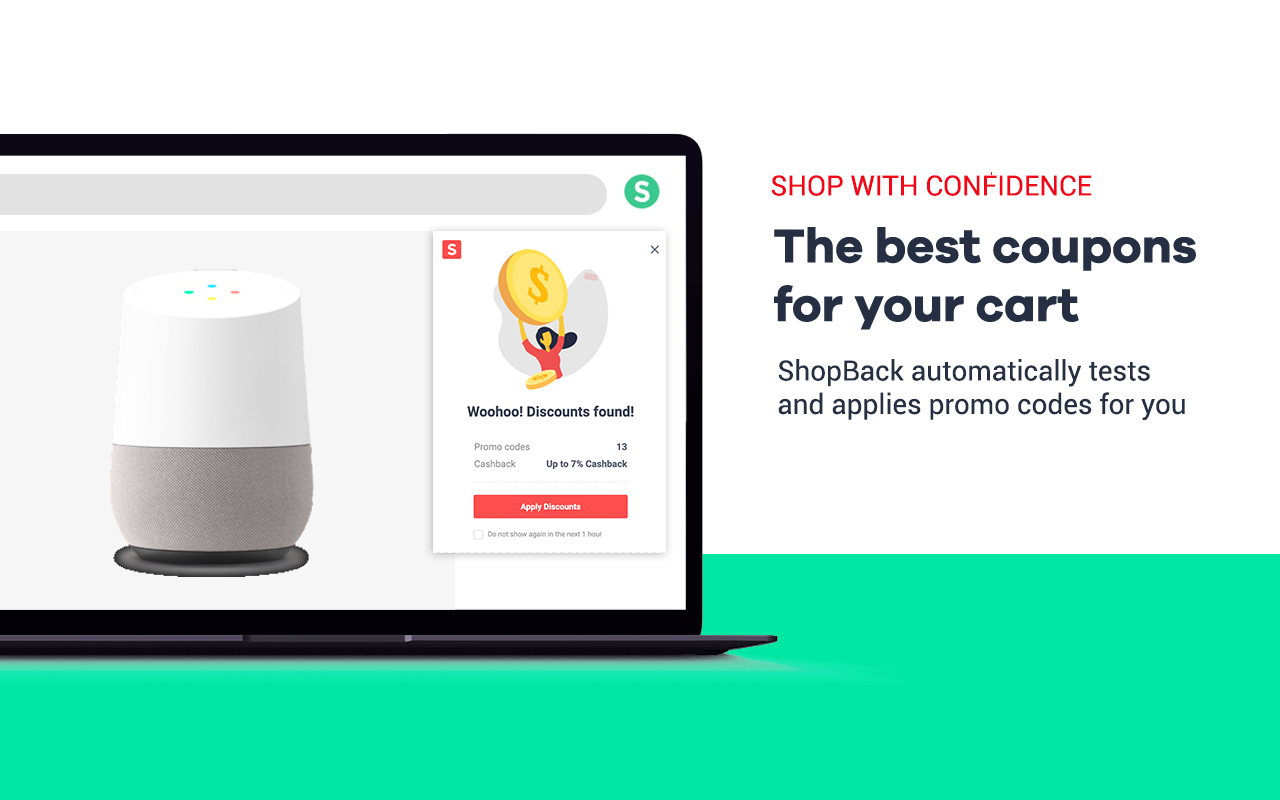
ShopBack, which is in the same vertical as UVCR, is worth highlighting. Especially after announcing the results fresh funds Series F amounting to IDR 1,18 trillion led by Asia Partners. This company, founded by Henry Chan and Joel Leong, has 35 million users and operates in 10 countries. Last year, the company expanded its solutions by acquiring startups paylater from Singapore, Hoolah.
With large ammunition, it is not an issue for ShopBack to be more aggressive in developing its partnerships with offline merchants, something that is not yet present in Indonesia or other solutions in related verticals.
In Indonesia itself, according to SimilarWeb data, the ShopBack site is ranked 6th among other e-commerce platforms. Meanwhile, monthly visits are almost 600 thousand visits, the highest for the cashback service category. The application on Google Play is ranked 19th in the Shopping category, along with e-commerce applications.
In earn income, ShopBack operates under a marketplace business model, connecting merchants with buyers who want to receive cashback on purchases. The company makes money through two strategies. First, affiliate commission. So, merchants pay ShopBack a commission in exchange for sending them customers who are motivated to shop. The company then shares a portion of this commission with customers in the form of cashback rewards.
Second, advertising. ShopBack also makes money by selling advertising spots on its websites or mobile apps. On the website's homepage, for example, there are two prominent banner ads above the fold advertising various brands and promotional events. The company is compensated by the advertiser in the form of a fixed fee for the duration of the advertisement.
Sign up for our
newsletter
 Premium
Premium
